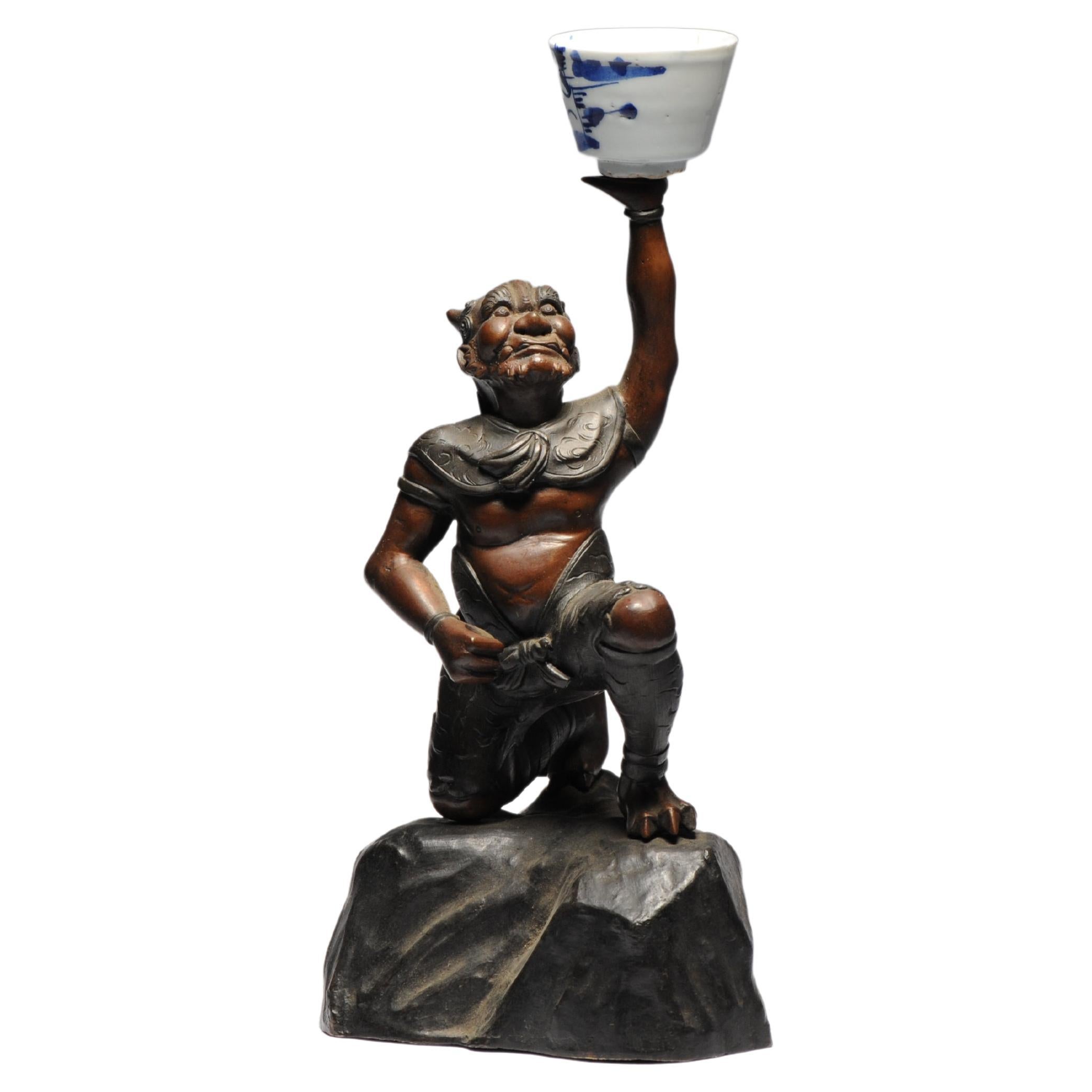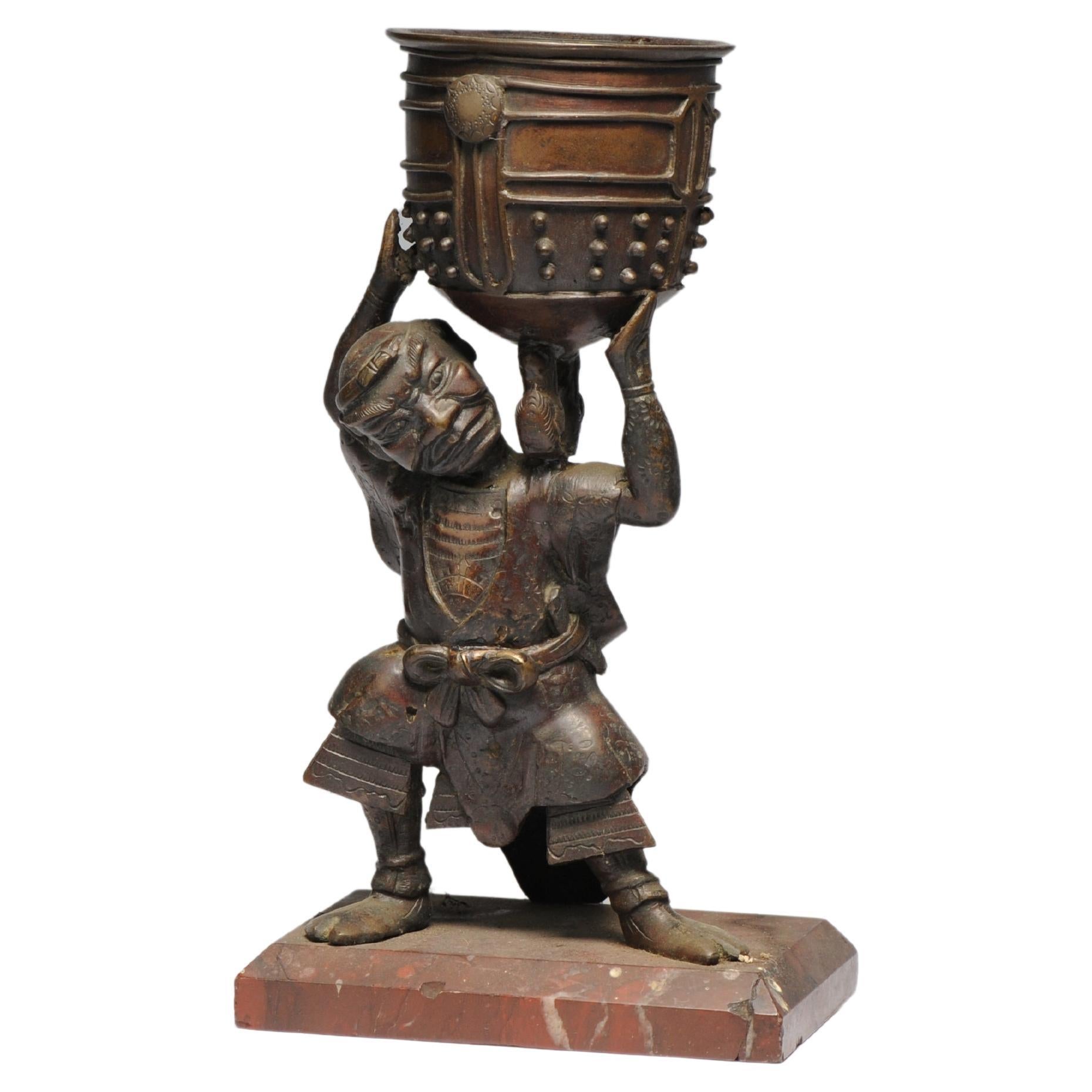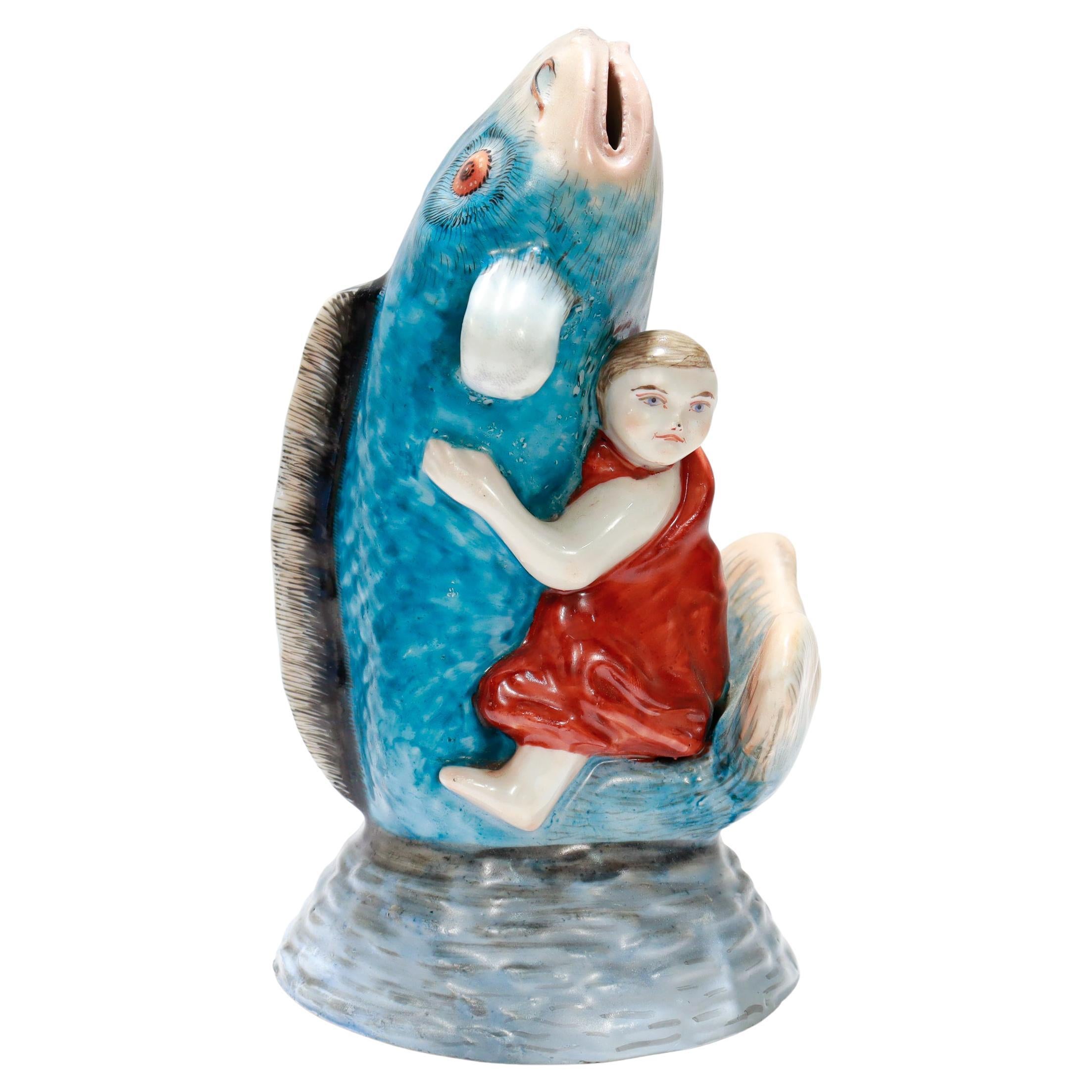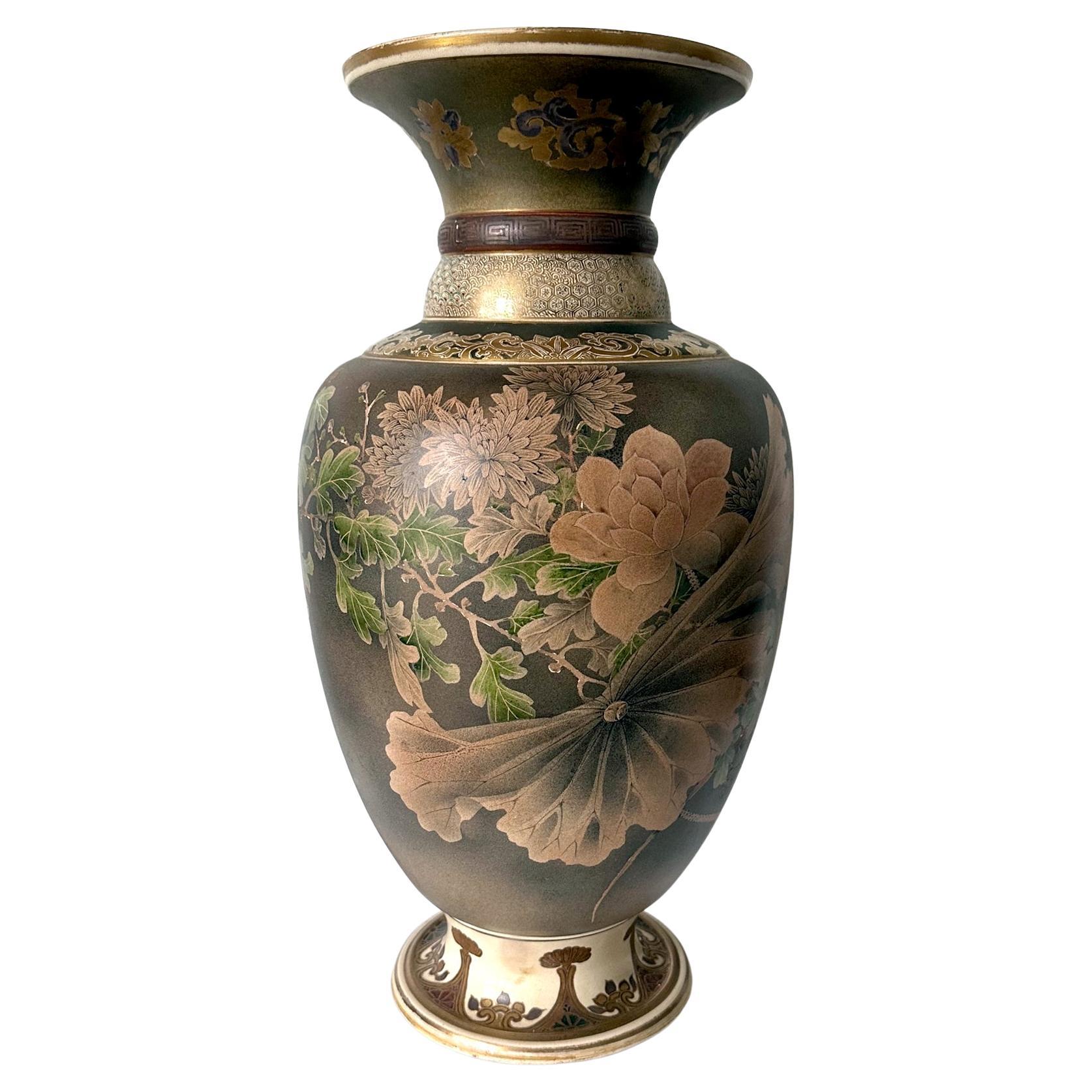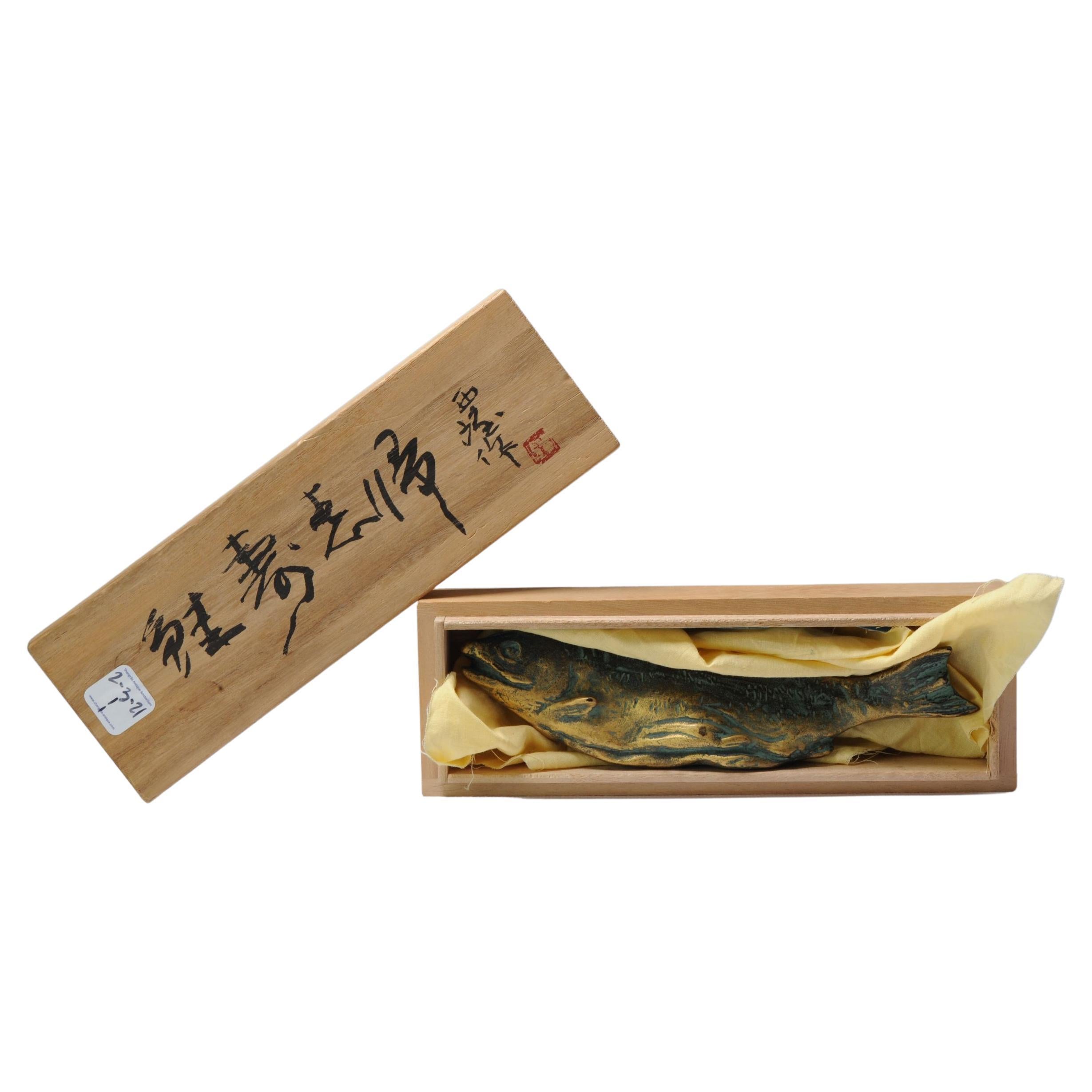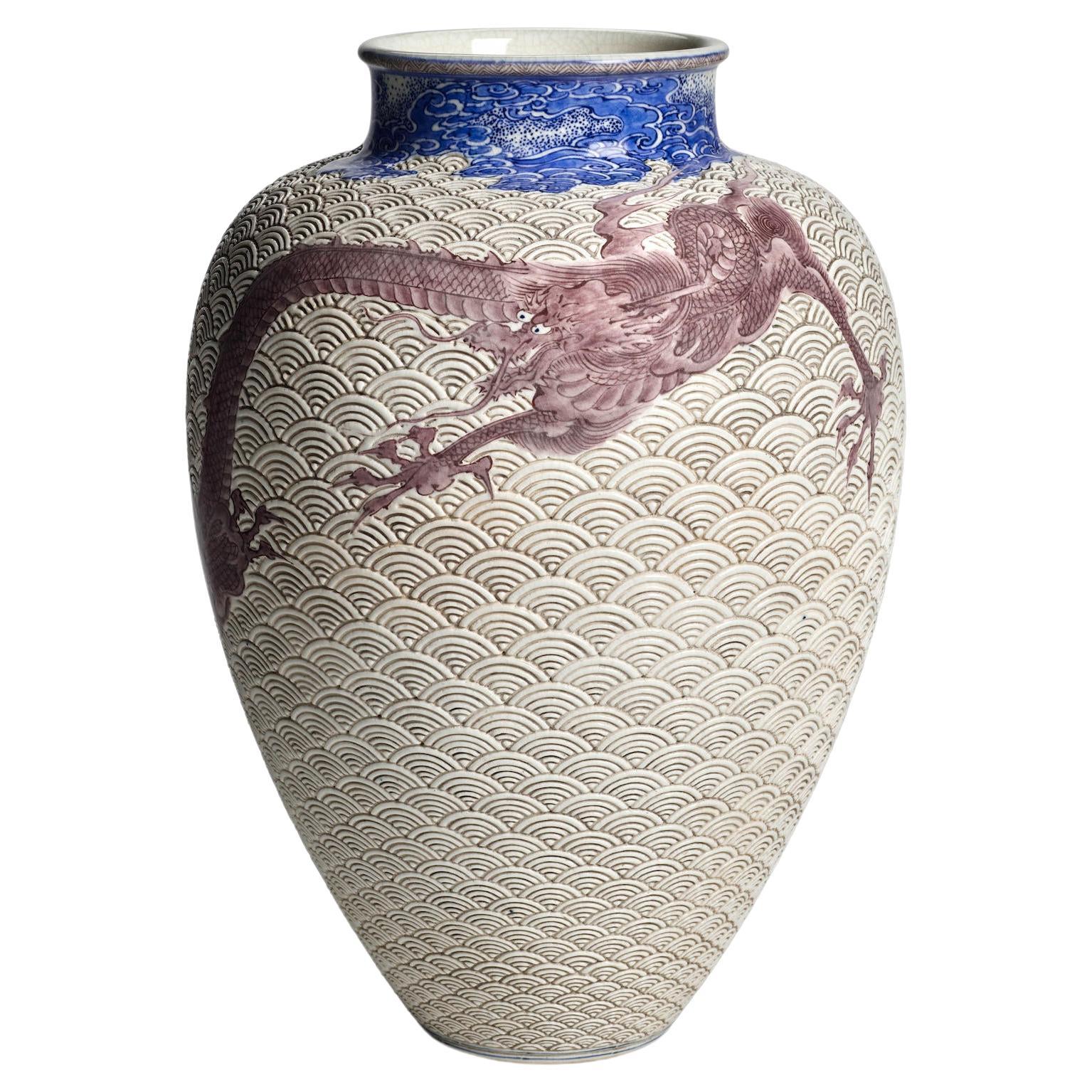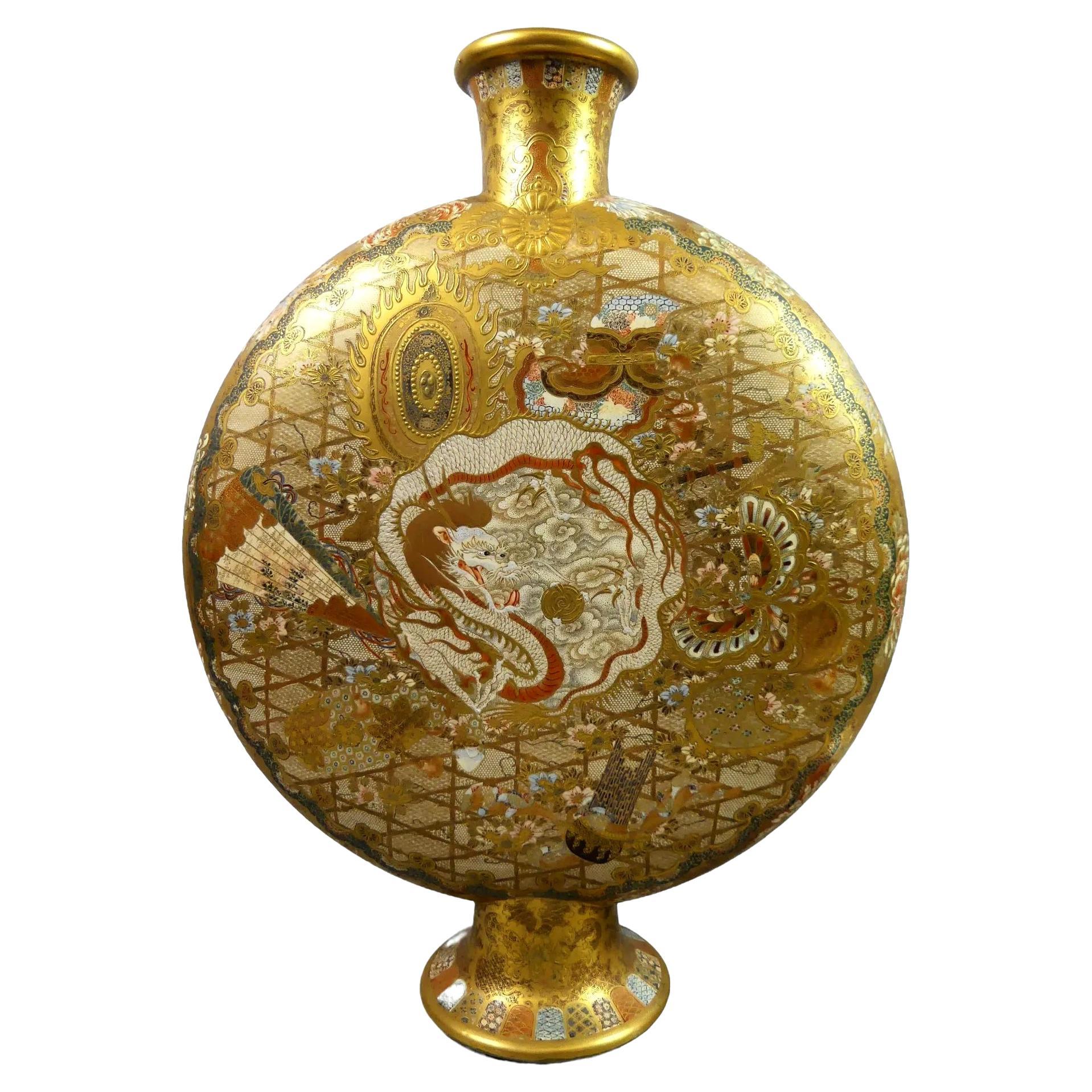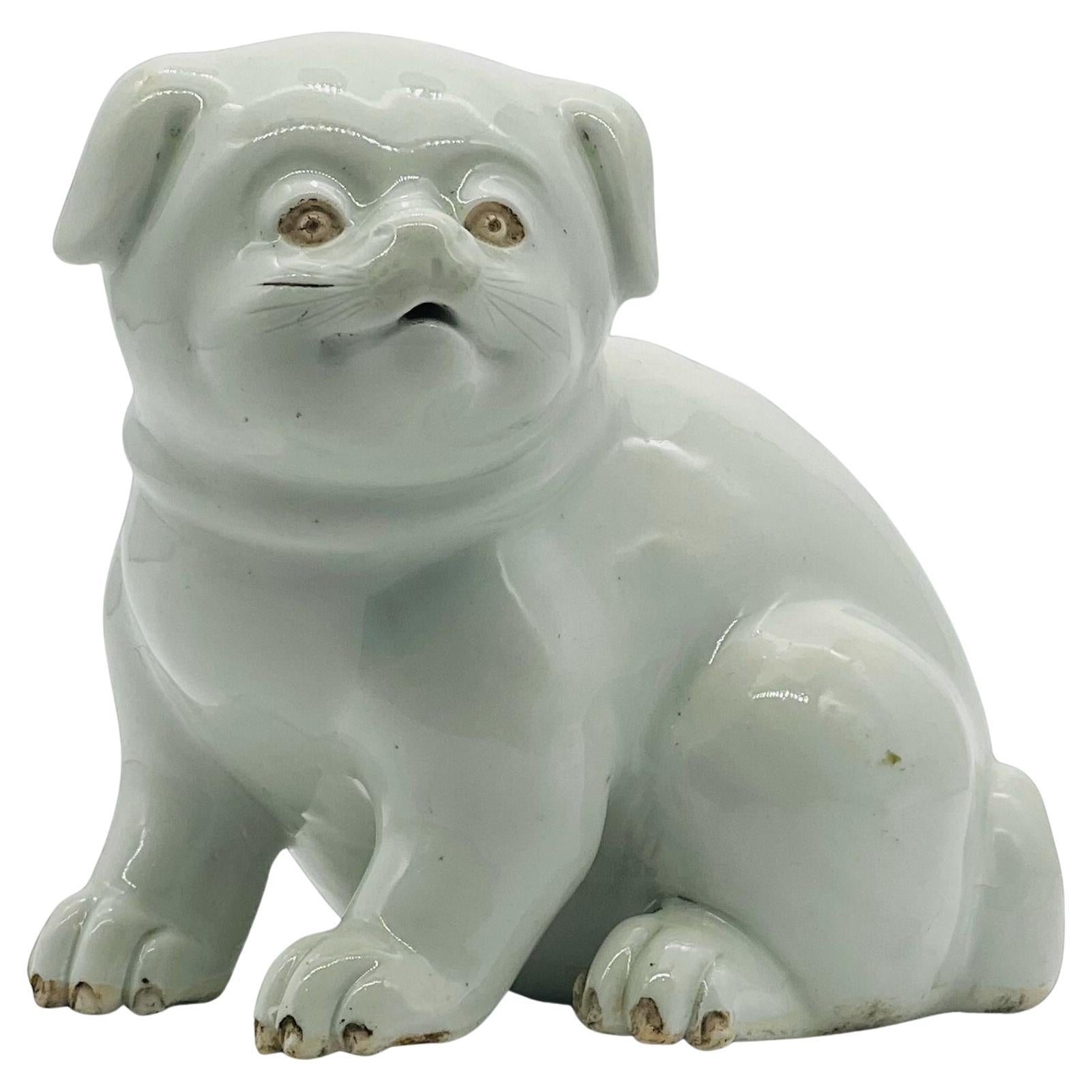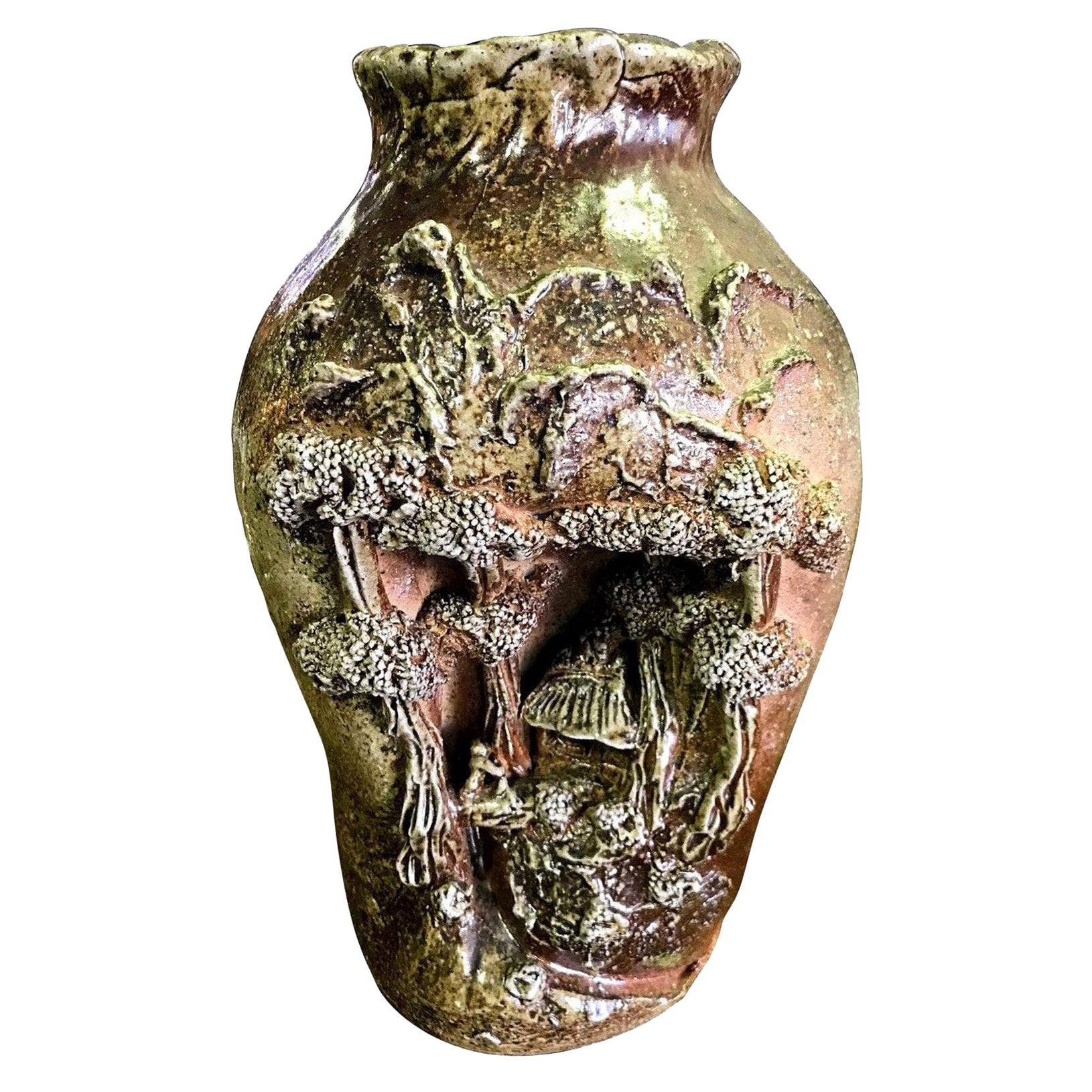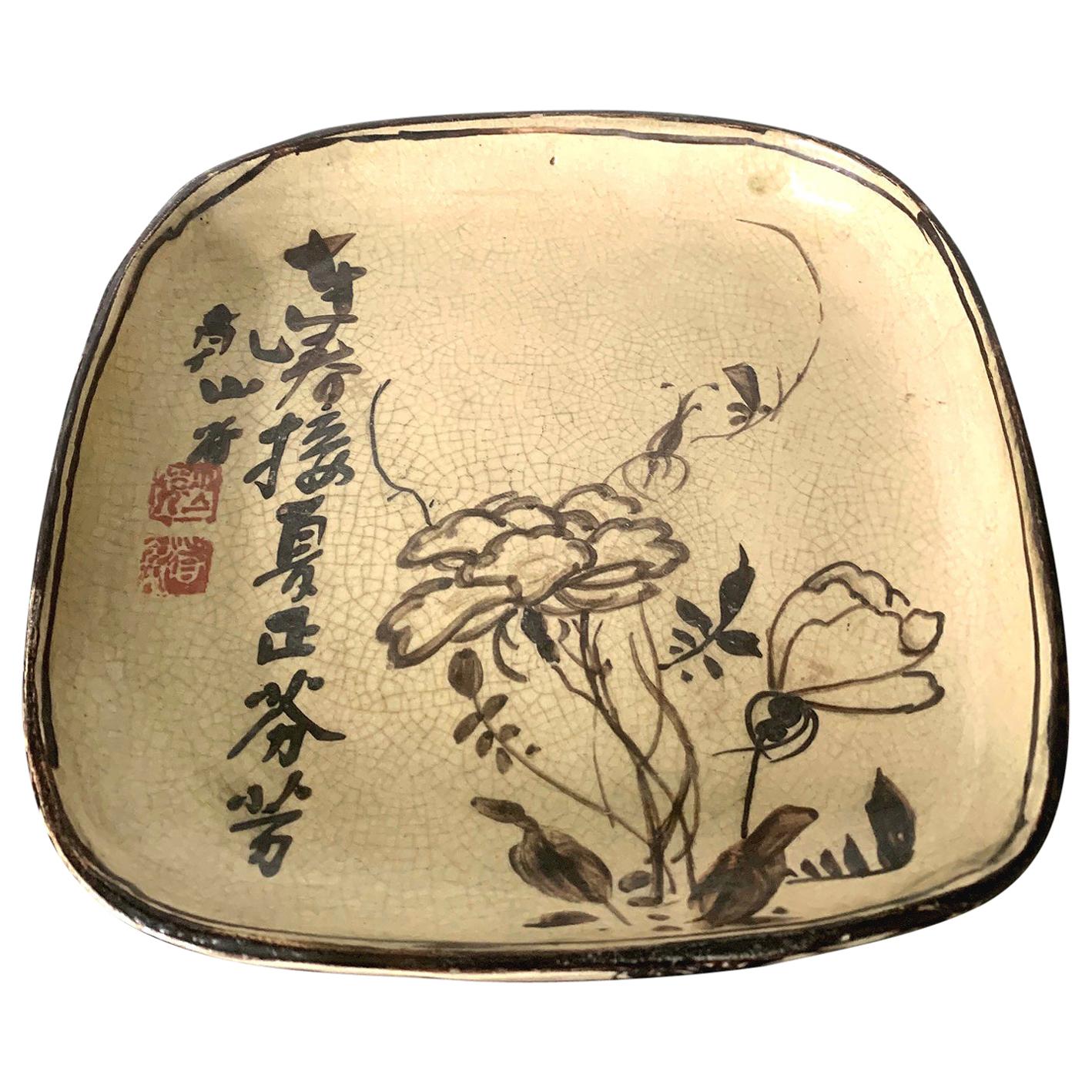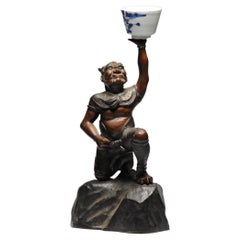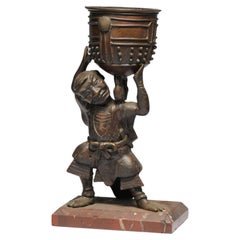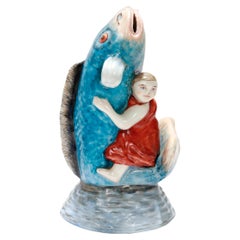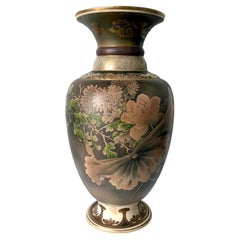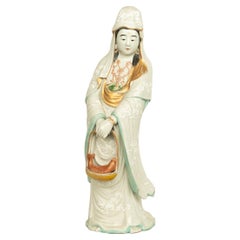
Large Japanese Ceramic Okimono of Kannon
View Similar Items
1 of 8
Large Japanese Ceramic Okimono of Kannon
$1,196.47List Price
About the Item
- Dimensions:Height: 17.5 in (44.45 cm)Width: 5.5 in (13.97 cm)Depth: 5.5 in (13.97 cm)
- Style:Meiji (Of the Period)
- Materials and Techniques:
- Place of Origin:
- Period:
- Date of Manufacture:1868-1912
- Condition:Wear consistent with age and use.
- Seller Location:Christchurch, GB
- Reference Number:1stDibs: LU8622235556862
Authenticity Guarantee
In the unlikely event there’s an issue with an item’s authenticity, contact us within 1 year for a full refund. DetailsMoney-Back Guarantee
If your item is not as described, is damaged in transit, or does not arrive, contact us within 7 days for a full refund. Details24-Hour Cancellation
You have a 24-hour grace period in which to reconsider your purchase, with no questions asked.Vetted Professional Sellers
Our world-class sellers must adhere to strict standards for service and quality, maintaining the integrity of our listings.Price-Match Guarantee
If you find that a seller listed the same item for a lower price elsewhere, we’ll match it.Trusted Global Delivery
Our best-in-class carrier network provides specialized shipping options worldwide, including custom delivery.You May Also Like
Antique Okimono Bronze Japanese Statue Man Carrying Something Japan
Located in Amsterdam, Noord Holland
Description
Nicely made artifact of high quality. Basket is missing and we replaced it with a porcelain cup.
Condition
Overall Condition No real damages, just some ware. Size ...
Category
Antique 19th Century Japanese Meiji Ceramics
Materials
Bronze
$1,521 Sale Price
20% Off
Antique Okimono Bronze Japanese Statue Man Carrying basket Japan
Located in Amsterdam, Noord Holland
Description
Nicely made artifact of high quality.
Condition
Overall Condition Just some ware and a small firing flaw to left robe, close to knee (a hole). Some chips/age crack...
Category
Antique 19th Century Japanese Meiji Ceramics
Materials
Bronze
$1,330 Sale Price
20% Off
Antique Japanese Okimono Porcelain Figurine of Kintaro
Located in Philadelphia, PA
A fine vintage Japanese porcelain figurine or okimono.
Depicting Kintaro (金太郎) wrestling a giant catfish or koi fish.
Kintaro (...
Category
Mid-20th Century Japanese Ceramics
Materials
Porcelain
Large Japanese Satsuma Ceramic Vase Kinkozan
By Kinkozan
Located in Atlanta, GA
A large Japanese ceramic vase from the end of Meiji period circa 1890-1910s by Kinkozan (1645-1927). One of the largest studio manufacturers of the export ceramics at the time based in Kyoto. In the typical style of satsuma made at the turn of 20th century, the vase is elaborately decorated with a rather unusual kinran-de (gold paint) and green enamel highlight on a mottled brown background. The painterly decoration depicts a large seasonal floral arrangement in a circular fashion. Besides the obviously superb craftsmanship, what sets this particular vase apart from many lower quality and mass-produced pieces is its tone-on-tone color pallet that is visually somber and the small and sensitive details that heralds the change of the seasons. When the viewer goes beyond the first casual glimpse of the blossom and foliage, one would notice that on the edges of certain leaves as well as along the stalks, there accumulates a very thin layer of the white dust that represents the frost. The flower in bloom are chrysanthemums. Despite of being splendid, they are the messengers of the autumn. The large lotus leaf was subtly rendered in a bended and slightly withered manner, just past its prime. Although the lotus is still in bloom, the prominent seed pod indicates it may be the last for the season. The sentimental capture of the change of the seasons is not unusual in Japanese art. This vase poetically represents such a subtle transition from summer to fall, perhaps depicting the very first frost.
The neck of the vase is also slightly unusual with two rolled rings...
Category
Early 20th Century Japanese Meiji Ceramics
Materials
Ceramic
20th Century Okimono Bronze Japanese Statue of Fish Japan Marked
Located in Amsterdam, Noord Holland
Description
Nicely made artifact used as table decoration during the kaiseki meal. The piece is marked
Condition
Overall condition just some ware. 210mm length
Period
20th c...
Category
20th Century Japanese Showa Ceramics
Materials
Bronze
$854 Sale Price
20% Off
Japanese porcelain okimono 置物 of a sitting child, by Sakaida Kakiemon XII
By Sakaida Kakiemon Xii
Located in Amsterdam, NL
Exquisite white glazed porcelain figure (okimono) of a sitting child holding a spray of chrysanthemum flowers with cobalt blue glazed leaves in its hand, by Sakaida Kakiemon XII (1878–1963).
The milk white glaze is called nigoshide a type of technique which was not continued at the end of the Edo period, and is the famous rediscovery done by Sakaida Kakiemon XII in 1953.
The bottom signed ‘Kakiemon’.
Sakaida Kakiemon XII assumed the family title on the death of his father, Sakaida Kakiemon XI, in 1917. Earlier he had graduated from the Arita Apprentice School and then studied ceramics with his father. Initially he worked in the traditional Kakiemon style, echoing the work of his forbears in the 17th and 18th centuries. He began working with his own son in 1924, after the future Kakiemon XIII graduated from the Arita Industrial School. Together in 1953 they succeeded in recreating the classical Kakiemon technique for producing a nigoshide milky-white porcelain body. This technique was designated a national cultural treasure meriting preservation and protection by the Cultural Protection Committee in 1955. That same year he exhibited at the 2nd Japan Traditional Crafts Exhibition (Nihon Dento Kogei-ten) for the first time, winning a prize for his entry. In 1958, he exhibited at the World Exposition...
Category
20th Century Japanese Sculptures and Carvings
Materials
Porcelain
Recently Viewed
View AllMore Ways To Browse
Kannon Figure
Solemn Ceramics
Imari Lidded Jars
Japanese Imari Jar Lid
Antique Japanese Fans
Chinese Porcelain Scholar
Antique Chinese Crackle
Famille Verte Porcelain
Chinese Porcelain Iron
Meiji Satsuma Vases
Chinese Famille Verte
3 Chinese Figures
Chinese Ceramic Figures
Korean Blue And White
Japanese Imari Charger
Chinese Amber
Antique India Exports
Meiji Charger
